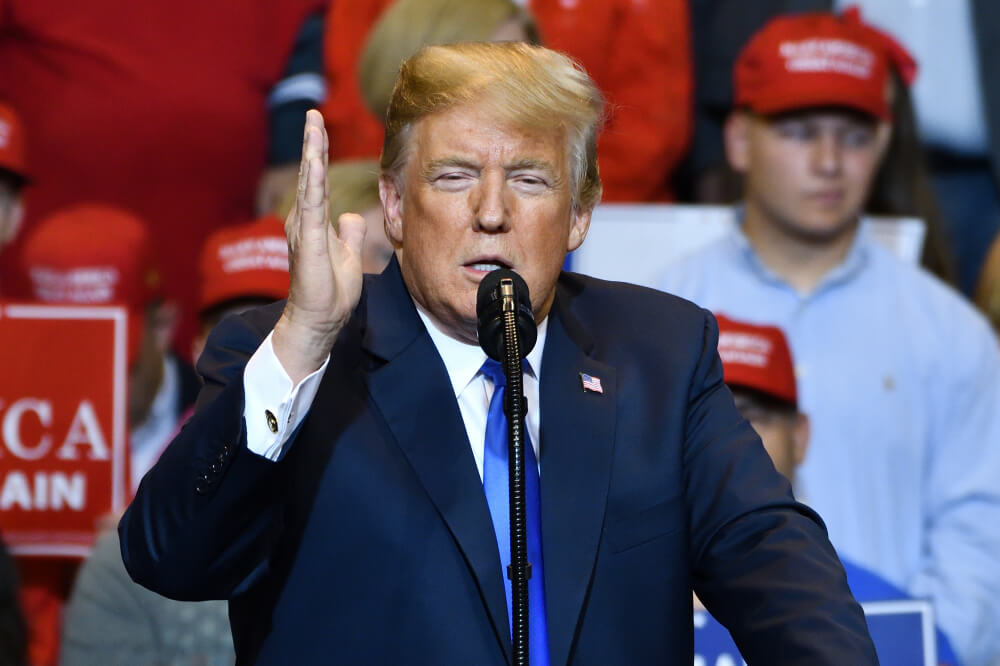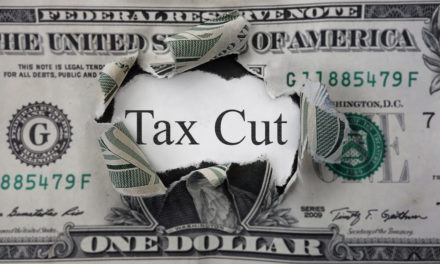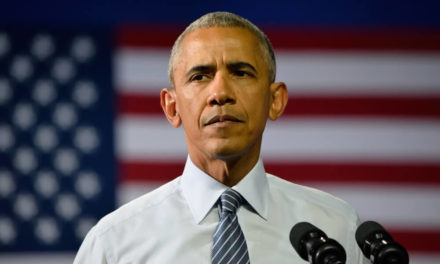President Donald Trump surprised a lot of people on Monday when during an interview he said he wants Congress to pursue a 10 percent tax cut for middle-income earners.
The president first floated the possibility of new middle-income tax cuts at a campaign rally Saturday, which reportedly caught Republican lawmakers off guard. He then said Monday a plan will be unveiled in the next couple of weeks.
He repeated the claim at a rally Monday in Texas, telling the crowd, “In fact, I just left Kevin Brady. We’re going to be putting in a 10 percent tax cut for middle-income families. It’s going to be put in next year. In addition to the big tax cuts you’ve already gotten.”
Of course, Congress is out of session so it’s not even possible for a vote before midterm elections. If the middle-income tax cuts do come about, here’s how they’ll affect middle- and upper-class earners.
Per Bloomberg:
It’s still unclear how Trump will propose to reduce the tax burden on middle-class Americans, but one of the most straightforward ways would be to lower rates by 10 percent for single filers making up to $82,500. U.S. income tax rates are graduated and income dollars get taxed in chunks as they move up through the brackets — which means wealthy Americans would also get to apply the reduced rate on their first dollars of income.
Another path lawmakers can go to cut taxes would be to reduce the overall tax burden for middle-class Americans by 10 percent, which is more complicated than the previous method noted. Reducing the tax burden for those earning less than $75,000 would cost the federal government about $410 billion over a decade, according to the Joint Committee on Taxation.
The effort could include expanding the earned income tax credit, increasing the child tax credit or reducing taxes on Social Security benefits for retired workers. Bolstering the EITC, a popular tax break for low-income workers, is one of the most direct ways in the existing code to lower levies for earners at the bottom part of the income ladder, according to tax experts.
Payroll Tax Cut
Another way would be to cut the 7.65 percent payroll tax, which would help households that don’t have any income tax liability because they don’t earn enough.
About 44 percent of households paid no federal income tax in 2016, but about 60 percent of those have members who work and will be subject to payroll taxes, according to estimates from the Tax Policy Center.
“If you’re looking at an 18- to 59-year-old working Trump voter, FICA is the biggest tax they pay,” Ryan Ellis, a Republican tax lobbyist, said referring to the Federal Insurance Contributions Act taxes that fund Social Security and Medicare.
Congress temporarily cut the payroll tax by two percentage points under President Barack Obama in 2011 and 2012. That tax cut cost about $111.7 billion in 2011 and slightly more the following year, according to the Joint Committee on Taxation.
Those tax cuts expired in 2013 and a study conducted by the Center for Economic and Policy Research showed more than half of the respondents didn’t even know how or if their tax payments changed.
Whatever Trump plans to release next week, it’s likely still being figured out, Ellis said. “His basic political intuition is to run on what you’re going to do, not what you have done.”




